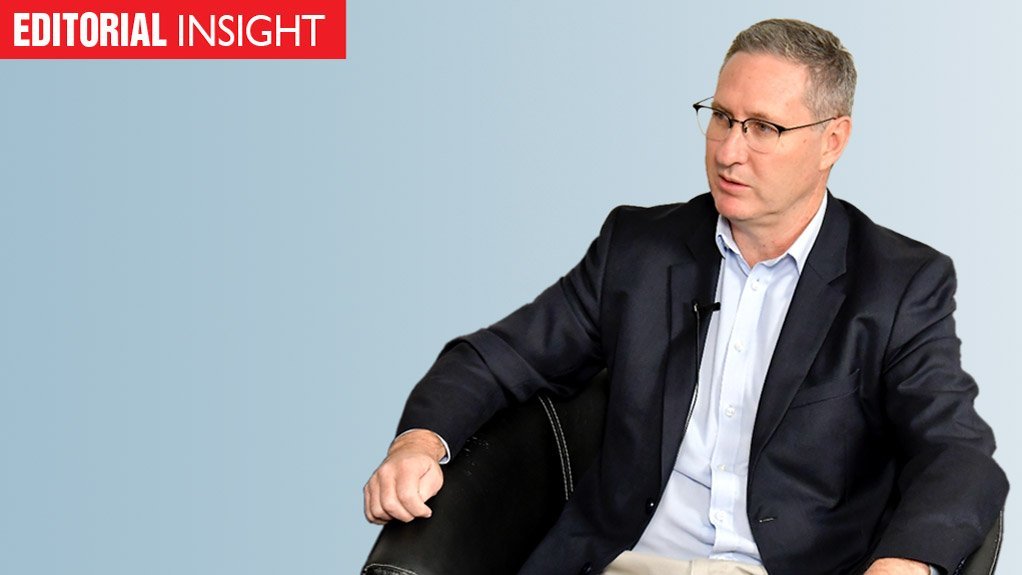The load-shedding crisis and the attention given to the reconstitution of the Eskom board served to eclipse not only deliberations on Eskom’s request for a 32% tariff increase but also the linked issue of addressing the utility’s unsustainable R400-billion debt.
CFO Calib Cassim made passing reference to ongoing debt-relief deliberations during the recent hearings by the National Energy Regulator of South Africa into Eskom’s latest allowable revenue application.
He asserted that “hypothetical” debt relief of between R150-billion and R200-billion would buy Eskom a cash-flow reprieve of only three to four years, if not accompanied by “cost reflective revenue”. “With the continuous operational and capital requirements across the business, Eskom will soon be back at unsustainable debt stock levels of R400-billion again.”
Placing that argument to one side, Cassim’s public statement on the debt issue is significant, as it arguably points to both the scale of the relief under consideration (a level more or less in line with what the utility has been suggesting for years) and that movement on the issue could be imminent.
News that Eskom would miss the statutory September 30 deadline for submission to Parliament of its annual financial statements for its 2021/22 financial year offered a further signal that a relief announcement could have to be made soon. This, despite Eskom attributing the postponement to the delayed appointment of external auditors and the time it had taken to “resolve several issues raised during the audit”.
There is, thus, a growing expectation that Finance Minister Enoch Godongwana will make some kind of pronouncement on the relief package during his October 26 Medium-Term Budget Policy Statement. That expectation was strengthened by the fact that President Cyril Ramaphosa said Godongwana would do just that in his July 25 address, in which he outlined interventions to tackle intensifying load-shedding and described the debt as a “huge burden on Eskom’s ability to address its many challenges”.
Another indication that the debt issue is top of mind was Godongwana’s reported remarks to delegates at the recent Local Government Summit, where he lamented the poor performance of the utility despite it having received bail-outs of R230-billion since 2019. “All I’m trying to say is that those are wrong Budget choices, and part of what we need to do now is change that trajectory,” News24 reported Godongwana as saying.
In other words, the previous conditions-attached National Treasury bail-outs have not yielded either financial or operational sustainability and another approach is, thus, required.
While the details of this new approach, as well as the associated conditions, will be much scrutinised and critiqued, it is crucial that the package should avoid setting the National Treasury and Eskom up for failure once again.
In principle, that requires ensuring that the objective of financial sustainability is not dislodged by political expediency. In other words, the scale of the relief has to be commensurate with the scale of the problem (which is large) and the conditions must be aligned with what Eskom executives and managers can control.
EMAIL THIS ARTICLE SAVE THIS ARTICLE ARTICLE ENQUIRY FEEDBACK
To subscribe email subscriptions@creamermedia.co.za or click here
To advertise email advertising@creamermedia.co.za or click here











